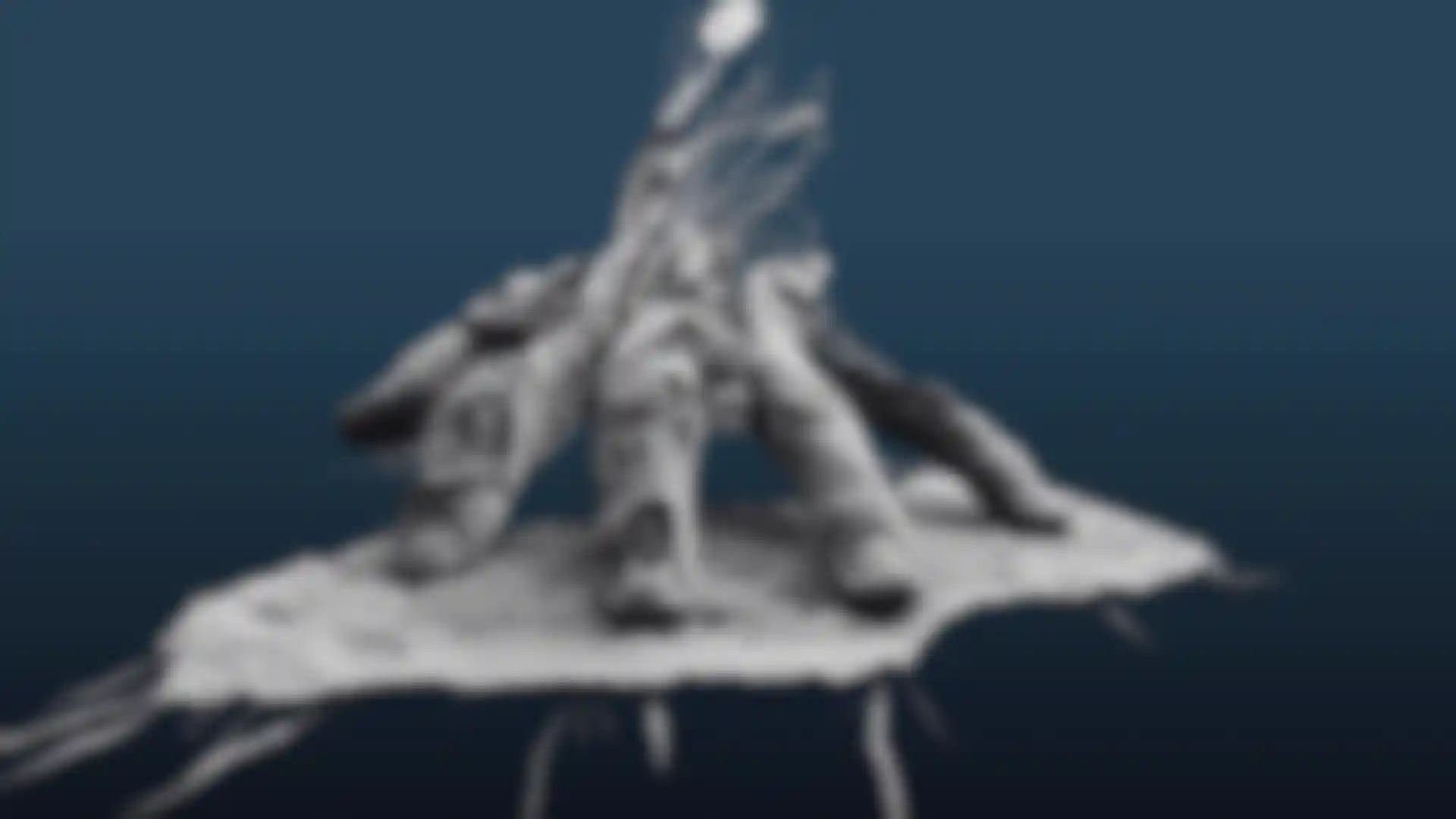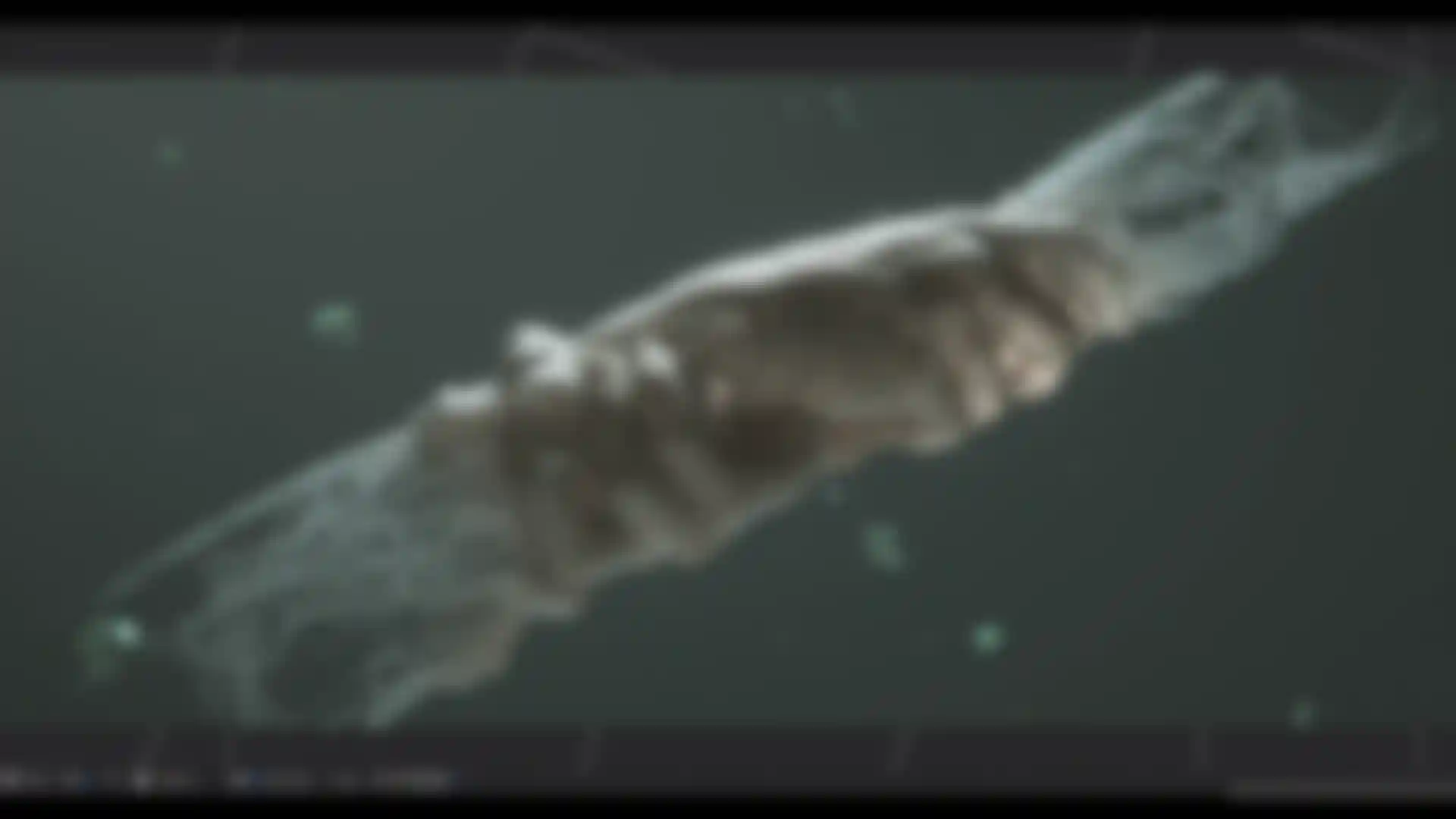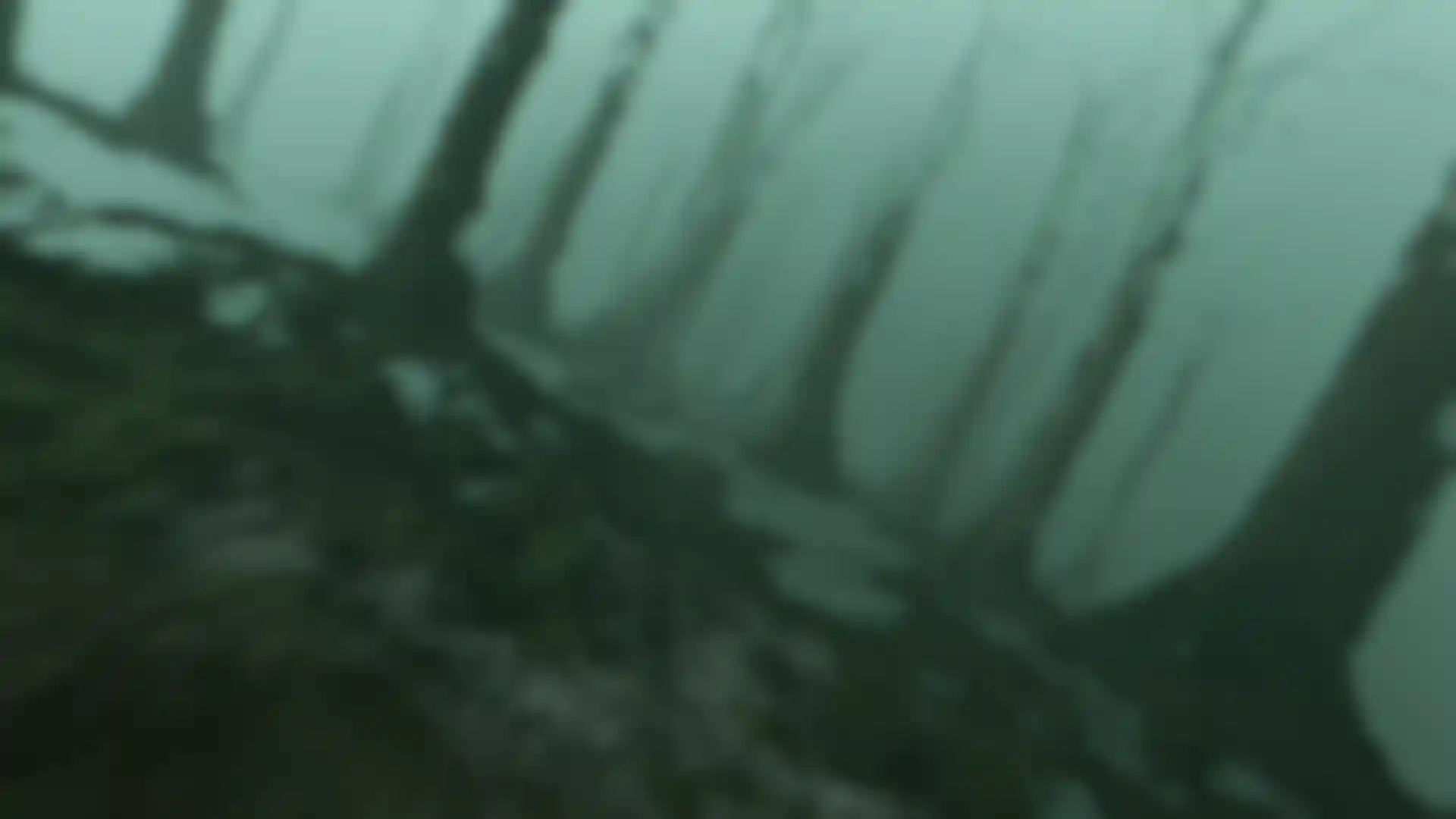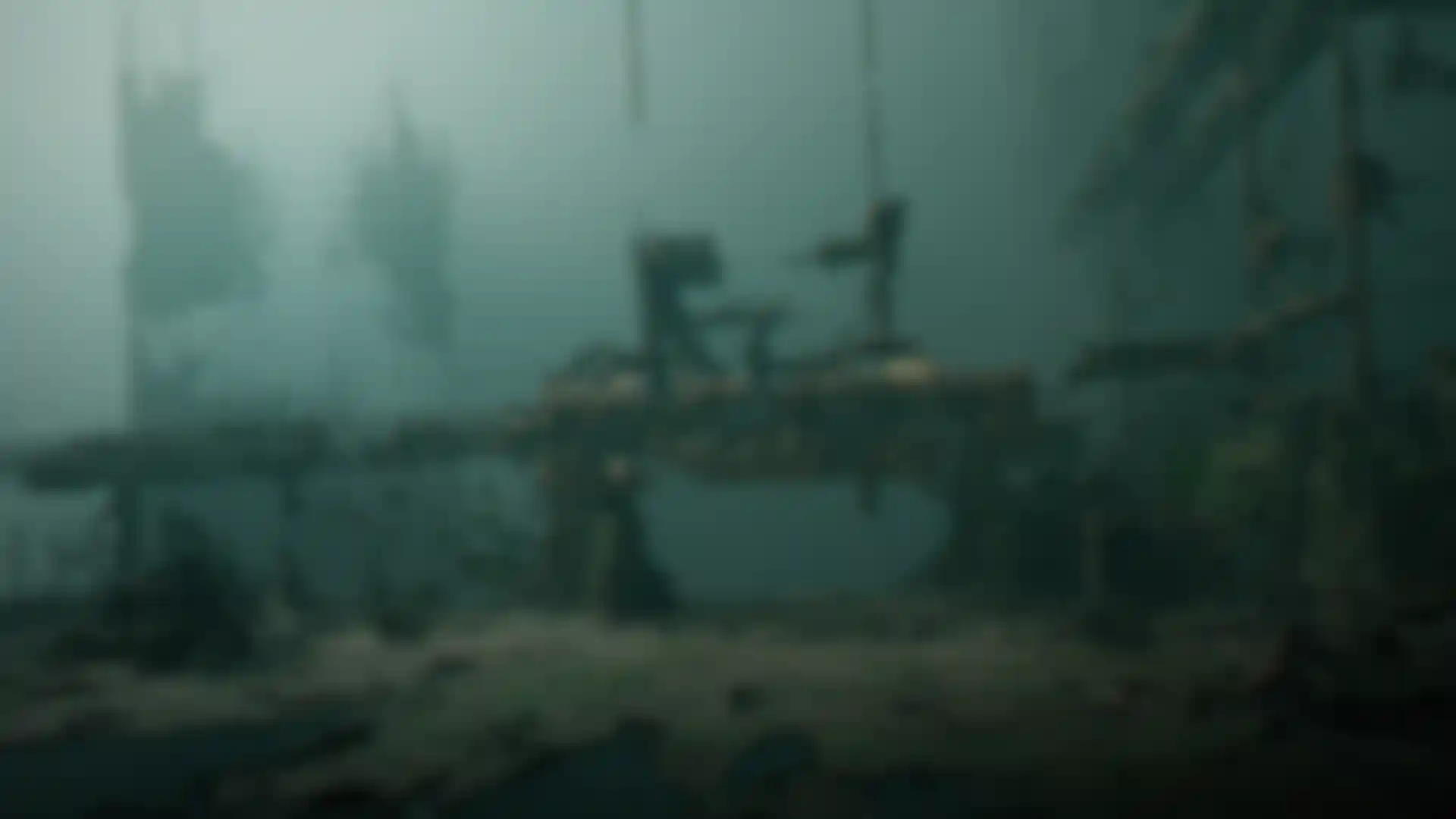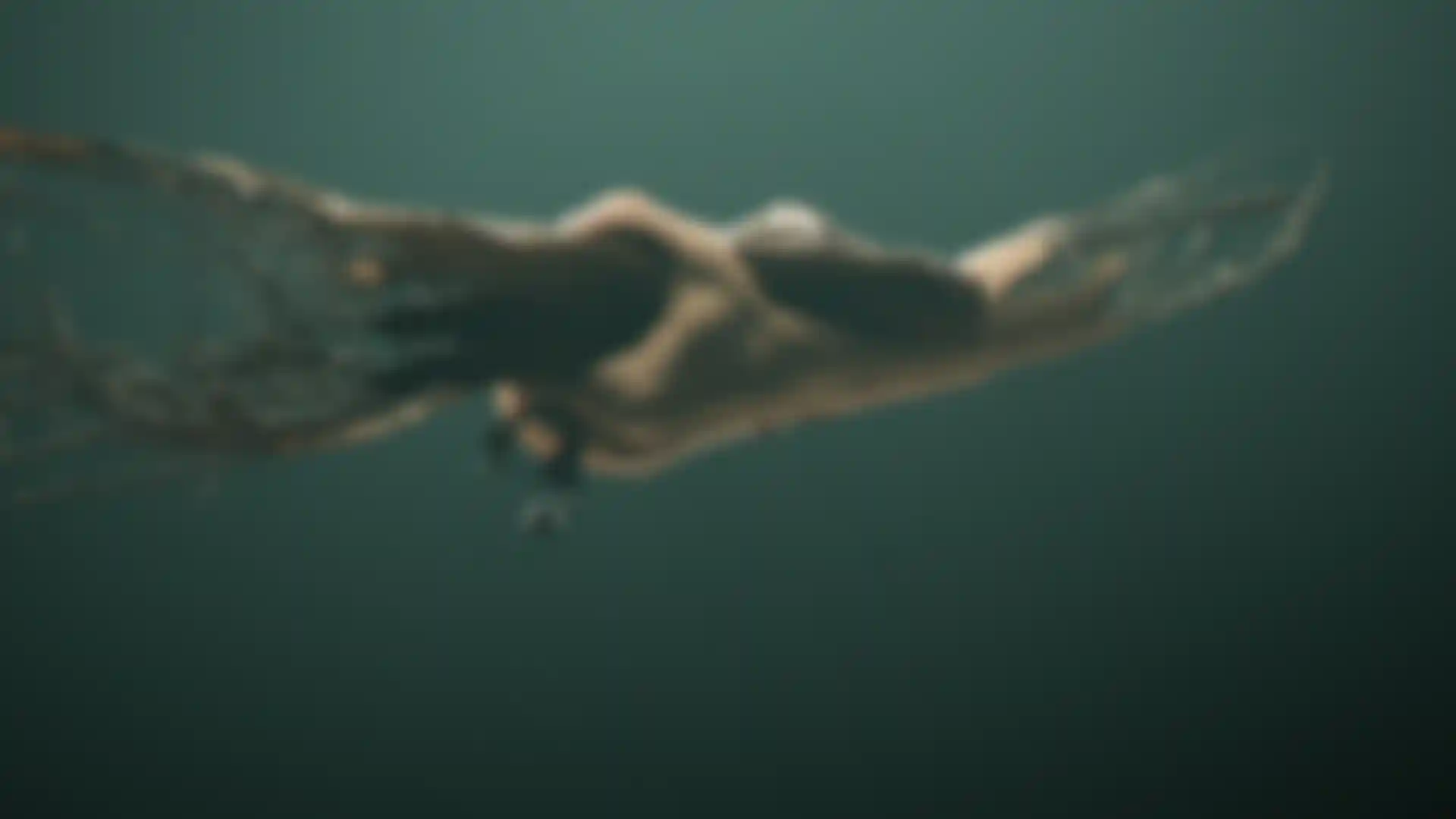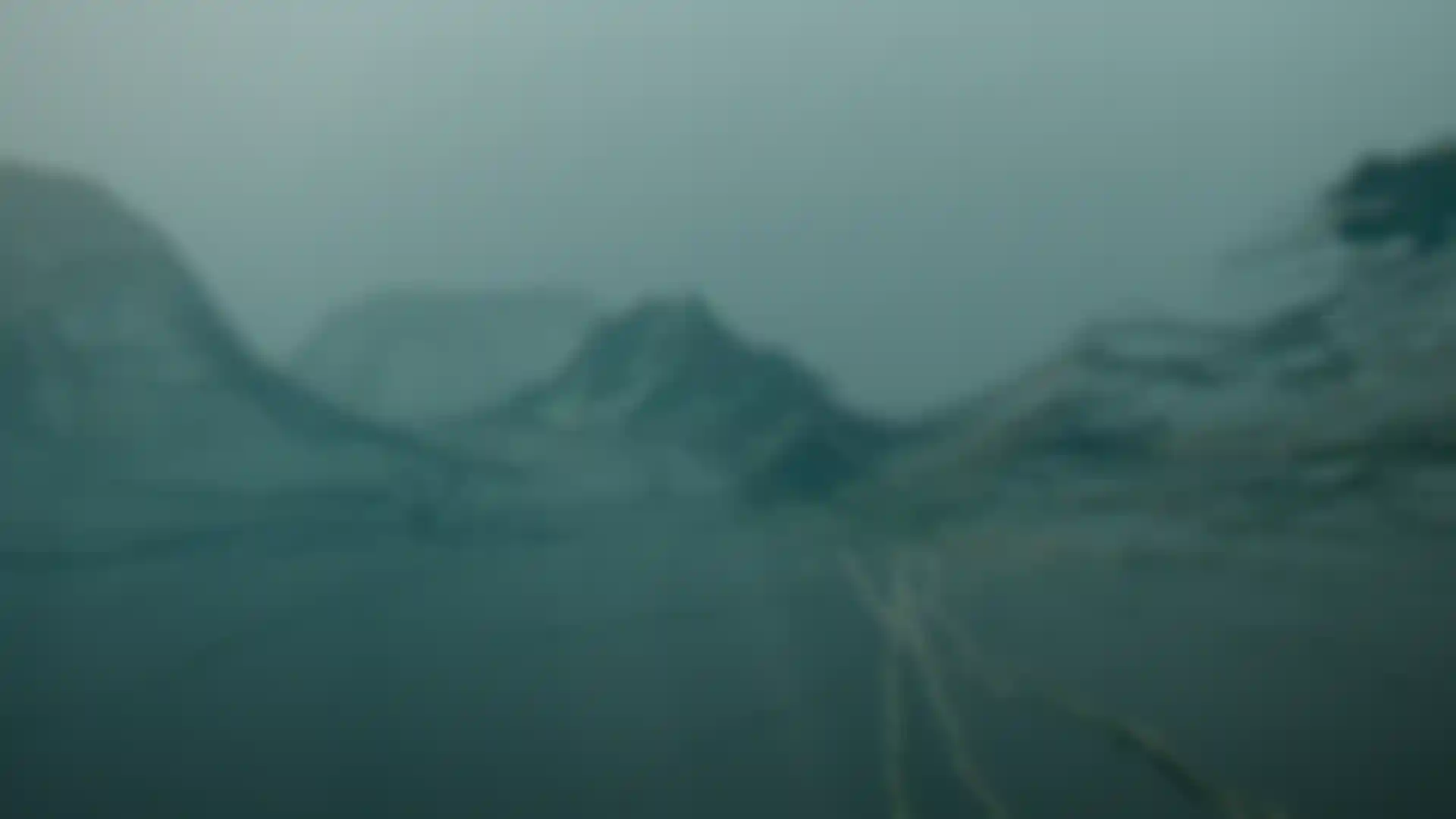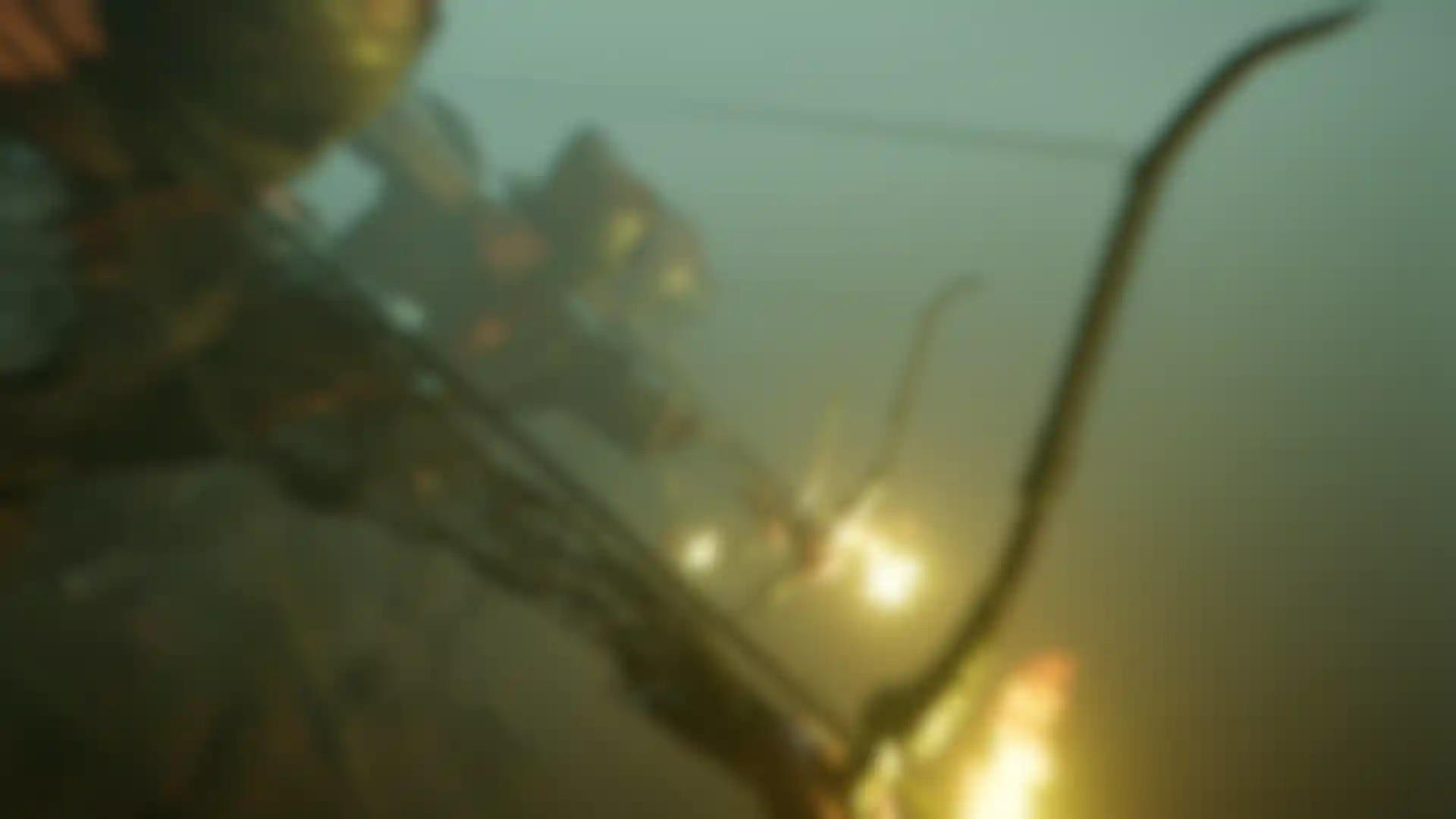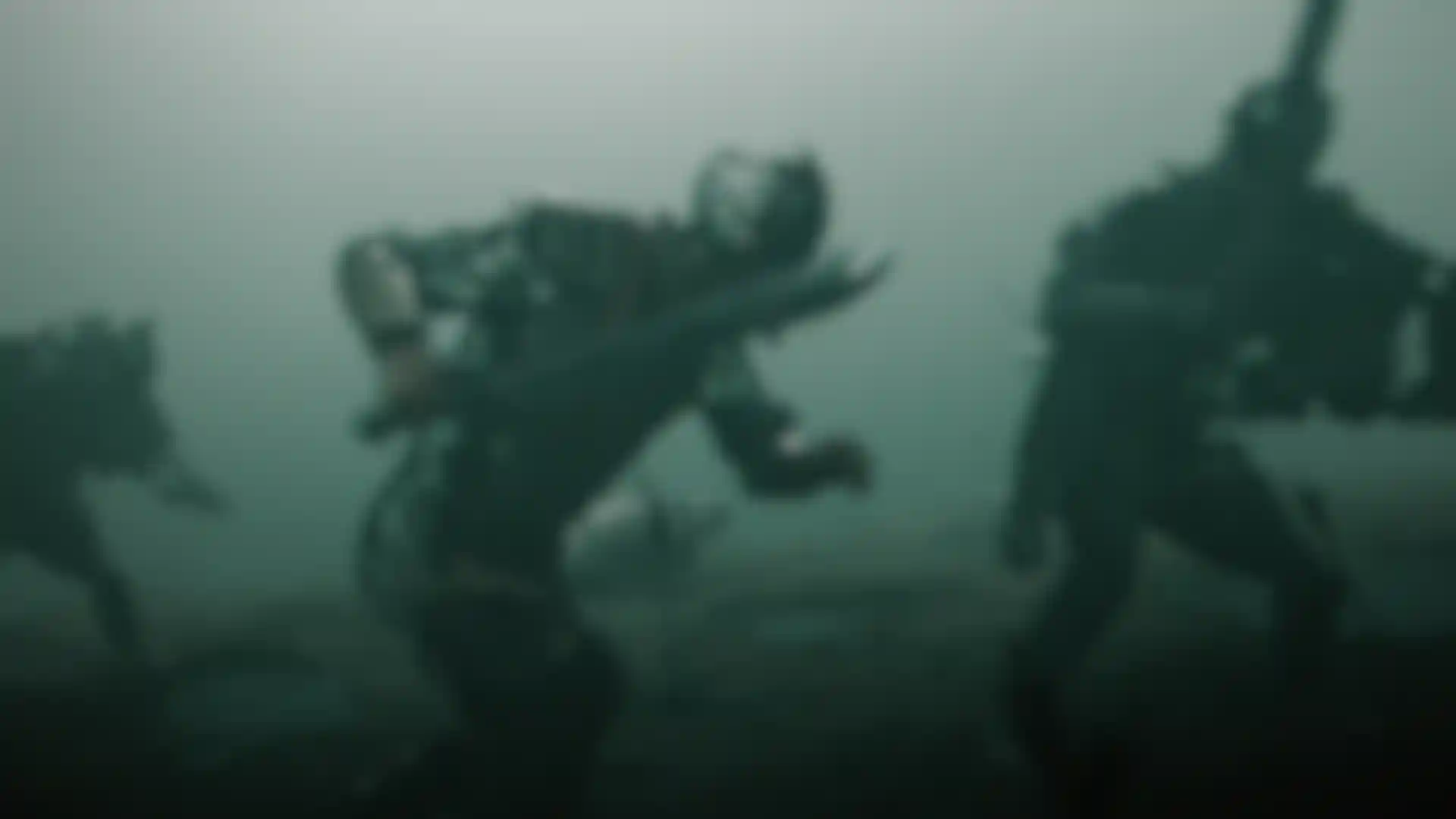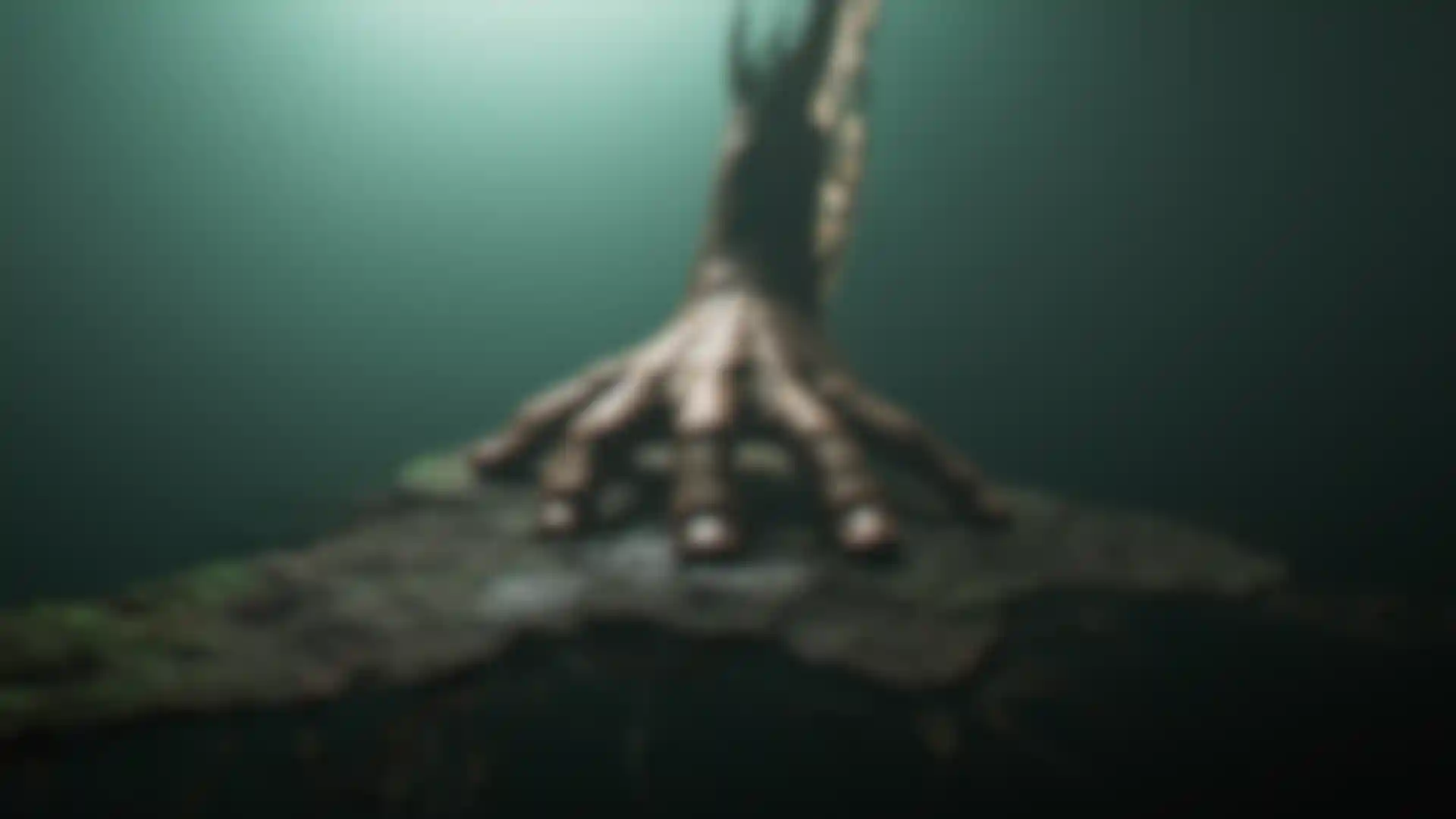
Creating the Titles for Season 2 of “SEE” Method Studios’ Creative Director John Likens offers a behind-the-scenes look at the most complex title sequence he’s ever made.
Emmy Award-winning Director and Motion Designer John Likens is well known for his design and animation work for TV and film. Over the years he has created title sequences for “Deadpool 2,” HBO’s “The Night Of” and Netflix’s “Godless,” as well as holographic UI for “Iron Man 3,” “RoboCop” and “Transformers: Age of Extinction.”
Currently the creative director at Method Studios in New York City, Likens recently designed and directed the main title sequence for season 2 of Apple TV+’s drama series “SEE.”
We talked with Likens about the project, which he says was “likely the hardest and most complex project I’ve ever worked on in terms of execution.” But, using Cinema 4D, Houdini, Maya, Redshift and other tools, he pulled it off thanks to an exceptionally talented team of artists working together remotely.
How did you go from freelancing to working at Method Studios?
Likens: When I first moved to New York City in 2010, I was fortunate enough to be able to work in many of the top design studios and VX shops across the city. I had a blast meeting new people all the time, collaborating with different teams and observing different company/studio cultures.
Then, in 2014, I was brought into Method Studios as a freelance designer/animator. That’s when I met creative powerhouses Jon Noorlander and Shane Griffin. They really pushed me to evolve as an artist and motivated me to learn the skills I needed to do the kind of work I really aspired to do.
A few months later, they hired me as a full-time art director and within a handful of years, I worked my way up to being creative director of Method Studios and the rest is history.
Tell us about how you approached the main titles for season 2 of “SEE.”
Likens: My approach to projects like these starts with gathering as much insight into the film or series as I can. That usually involves in-depth conversations with the filmmakers, reading through all the scripts, doing my own independent research and collecting a library of visual references along the way.
Like almost all of the title sequences I’ve worked on, “SEE” began with a pitch to the showrunners and producers. During the pitch process I designed a few visual directions, presented fresh concepts and showed various technical approaches that I thought would best suit the series.
I really love being hands-on with all my projects. I know some directors prefer to delegate all of the various tasks required, but I find I'm able to get closer to the vision I have in my head if I can show my team what I'm trying to achieve. So I like to animate my own camera moves and characters, design the style frames, set up the compositions and assemble complex transitions in early animatic form.
Basically, I like to set the foundation for the overall sequence and then pass all of that off to my team members to play inside of, experiment with, refine and ultimately bring to final quality.
Describe how you thought about this from a design perspective.
Likens: Season 2’s Showrunner and Executive Producer Jonathan Tropper and Post Producer Chris Arruda explained that the new season would be quite a departure from the first. It’s more about the journey into the greater world, the dangerous unknown, with a lot more action and more high-energy pace.
I knew that big shift needed to be reflected in the title sequence. I wanted to represent the new aspect of the show, which takes our characters out of their familiar environment in the wilderness and puts them into foreign lands, abandoned cities and vulnerable situations.
But, as we know, the first priority with “SEE” is blindness. The show creators worked very closely with blind actors and consultants to make sure they were portraying the sightless aspect of the characters as accurately as possible. I absorbed as much of that knowledge as I could from the filmmakers in our conversations about heightened senses of hearing and touch.
I learned how blind people use echolocation as a means to understand their surroundings. And I really tried to visually communicate what it might be like for a blind person to run their hand across a surface or tap their way through a space with a cane, piecing together in their mind what the world might look like.
Why was this project so difficult and complex?
Likens: I think this title sequence was likely the most ambitious and technically complex project I’ve worked on to date. There were so many different pieces of the sequence that had to fit together perfectly, communicate the overall concept and still feel cohesive as a set of visuals.
I wanted every aspect of every shot to reveal itself as the camera passes through, utilizing a system of growing tendril-like forms. Whether it was a mountain range, empty skyscrapers or blind soldiers fighting for their lives, every object got the VFX reveal treatment applied to it. And, to make things harder, I wanted the camera to flow seamlessly through all of the shots making it feel like an epic journey.
Say more about the tendril system.
Likens: I worked closely with Danil Krivoruchko to develop the initial art direction of the tendril growth system. We dialed in exactly how it could grow on small objects like hands while also working to reveal large-scale structures, like a bridge or highway overpass.
Once we got into full shot production, Method FX Supervisor Tomas Slancik and FX Artists Tomas Zaveckas and David Derwin refined and crafted the behavior of the growth/reveal system. Those extremely talented artists brought this sequence to life in ways I could have never done on my own and it’s a true testament to the power of collaboration. Especially since we all did this project remotely from different locations all over the world.
Tell us about your process, including how you used C4D, Houdini and other tools.
Likens: C4D was definitely the main hub for all of the shots in the main titles. I started by setting up the shots, implementing the assets and animating the cameras through the environments. Then, I exported the elements out to other packages, like Houdini and Maya, to refine and apply the custom FX growth system.
Once we rendered our CG out of Redshift, we imported the passes into Nuke to assemble to final look and color grade. After that it was about conforming in After Effects to stitch the sequence together and apply the typography.
“This was likely the most challenging and technically complex project I’ve ever worked on in terms of execution. I had a team of very unique talents all working together to pull it off.”– John Likens
One of the more challenging shots to figure out was the fight sequence. Not too many main titles can feature a full CG battle between warriors because of the complexity that goes into pulling something like that off in a decent manner. I was lucky enough to get the go-ahead and the right team to see it through.
Using motion capture data of the two blind fighters, we were able to assemble a scene that felt like a larger battle ground. The tricky part was making the revealing growth FX noticeable and effective at the same time the fighters were trying to kill each other.
The movement of the actors made it difficult to get a good look at the tendrils growing, but if we removed too much of the body shape of the fighters, you couldn't quite tell what was happening in the action of the fight. So we did a lot of back and forth to find the right balance of that tendril/soldier ratio.
How does this project fit with what you’ve done in your career?
Likens: This project was unique in the sense that a lot of the visual language and animation direction had to be described in writing, and communicated verbally, to the clients before they could actually see how it was all going to work and fit together. Oftentimes, I can show clients how things will work in a motion test but, due to a challenging schedule, we needed to get right into shot production to hit the deadline.
That required a massive amount of trust from the showrunners and producers on the client side, believing that my team and I could execute this ambitious, animated journey of a sequence. Fortunately, I had a bit of history with the clients because we had all worked together previously, and successfully, on the title sequence for “Warrior.”
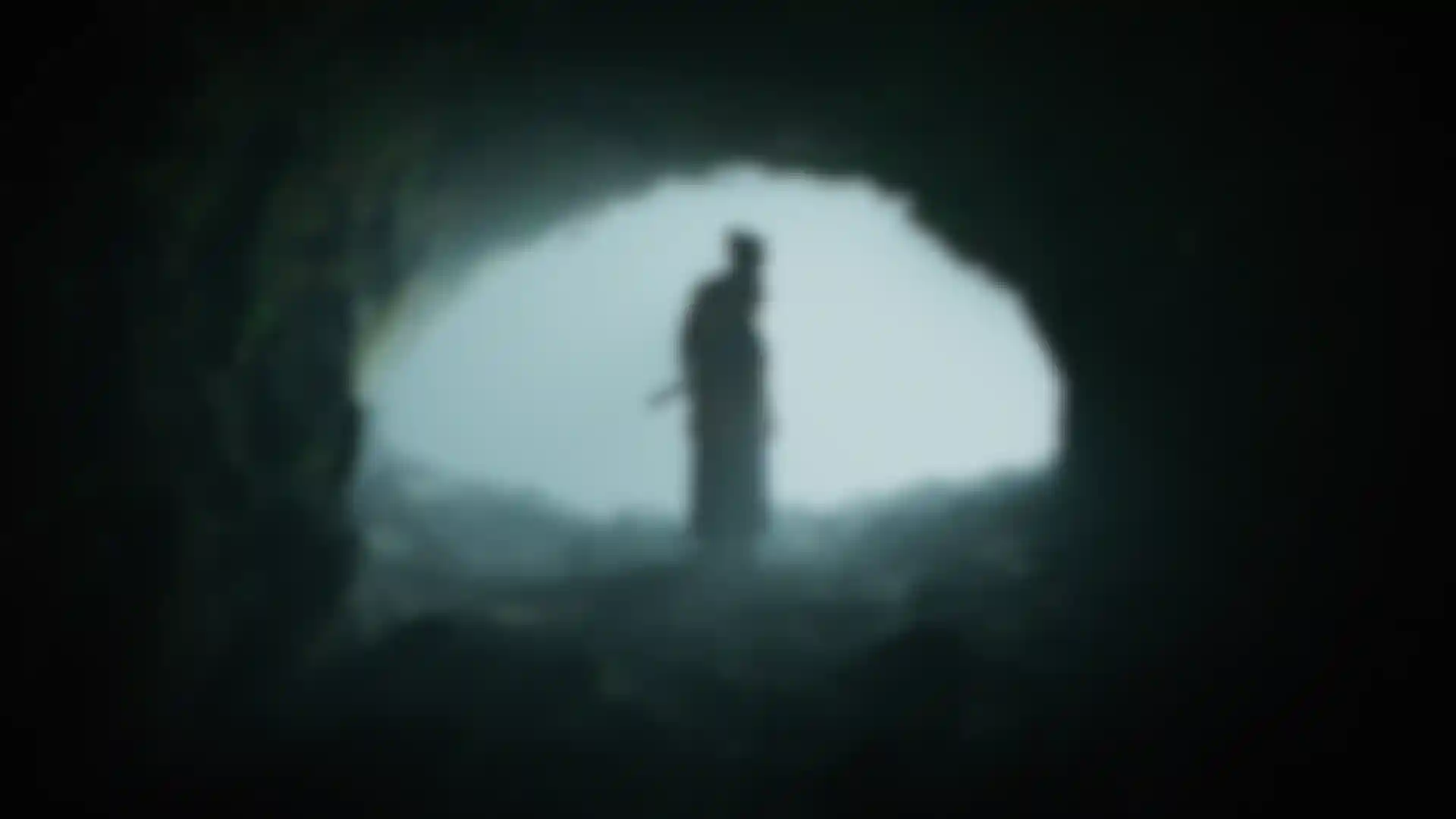
They’re awesome to work with. They give us creative freedom and allow us the space to create the best work we can. I'm extremely grateful to them for putting enough faith in us to come up with something special!
Do you feel like you are evolving as a creative over time?
Likens: Yes, I do. I love designing and crafting main title sequences. For me, it's something different every time and it’s impossible to get bored. There's always a new story or a new world to research and dive into more deeply. I'm always trying to challenge myself with new techniques or trying to come up with new visuals to try and bring to life in clever ways.
Looking to the future, I'd like to develop the directorial side of my work further. I love what's happening in the animation world with shows like “Love, Death, and Robots.” I think I'd have an absolute blast if I got a shot at crafting an animated short like those.
On the other end of that spectrum, I occasionally get to direct live-action commercials and I really do like working with actors and being on set. Shooting with real cameras and playing with real-world lighting setups is great. And being so familiar with 3D software has informed a great deal of how I think as a director and filmmaker. I've always wanted to put together a treatment for a feature film or an episodic series, so we'll see what happens.


